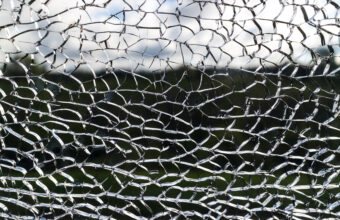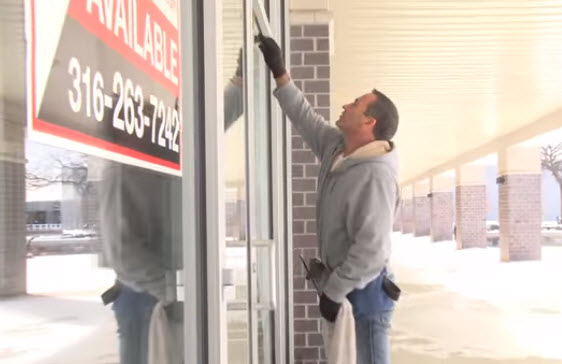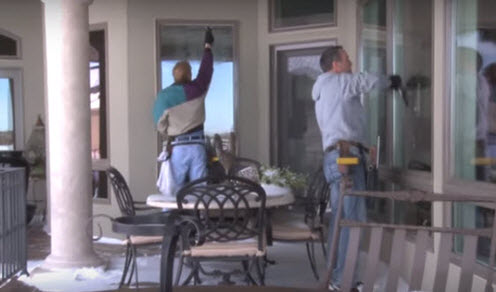A window tint with a 70% tint of darkness allows 70% of the visible light to pass through the window, making it relatively light compared to darker tints that allow less light to pass through.
Here’s a breakdown of what 70% tint darkness looks like and its implications…
Visual Appearance
- Clarity – With 70% VLT (Visible Light Transmission), the tint is quite clear, providing minimal shading to the window. It maintains the natural view from both inside and outside, making it a subtle option that doesn’t significantly alter the appearance of the glass.
- Aesthetics – The film may have a slight tint when viewed at certain angles or in specific lighting conditions, but it generally preserves the original look of the window. It’s ideal for those who prefer a more natural look while still gaining some benefits from window tinting.
Functionality and Benefits
- UV Protection – Despite being light, a 70% tint can effectively block a significant amount of harmful UV rays, protecting interior furnishings from fading and occupants from UV exposure.
- Heat Reduction – It offers some degree of heat reduction by blocking infrared rays, contributing to energy efficiency and comfort without drastically darkening the room.
- Glare Reduction – There is a minor reduction in glare, improving visual comfort for activities such as watching TV or working on a computer.
- Privacy – At this level of tint darkness, there is minimal privacy enhancement, especially during daytime. At night, with interior lights on, visibility from the outside to the inside is relatively unchanged.
Use Cases
- Residential and Commercial Buildings – 70% tint is often chosen for homes and office buildings where maintaining natural light is a priority but some benefits of tinting, such as UV protection and slight energy efficiency improvements, are desired.
- Vehicle Windows – In some jurisdictions, this level of tint may be within legal limits for front-side windows, offering drivers UV protection and slight glare reduction without significantly affecting visibility, even at night.
Considerations
- Regulatory Compliance – For vehicles, it’s crucial to check local regulations to ensure that a 70% tint complies with legal requirements, as laws vary by location.
- Professional Consultation – If considering a 70% tint for heat and UV reduction, consulting with a window film professional can provide insights into the best options for your specific needs, taking into account the local climate, window orientation, and personal preferences.
In summary, a 70% tint darkness is a light tint option that maintains the natural appearance of windows while offering benefits like UV protection and slight heat reduction. It’s suited for those who prioritize visibility and natural light but still want some advantages of window tinting.






